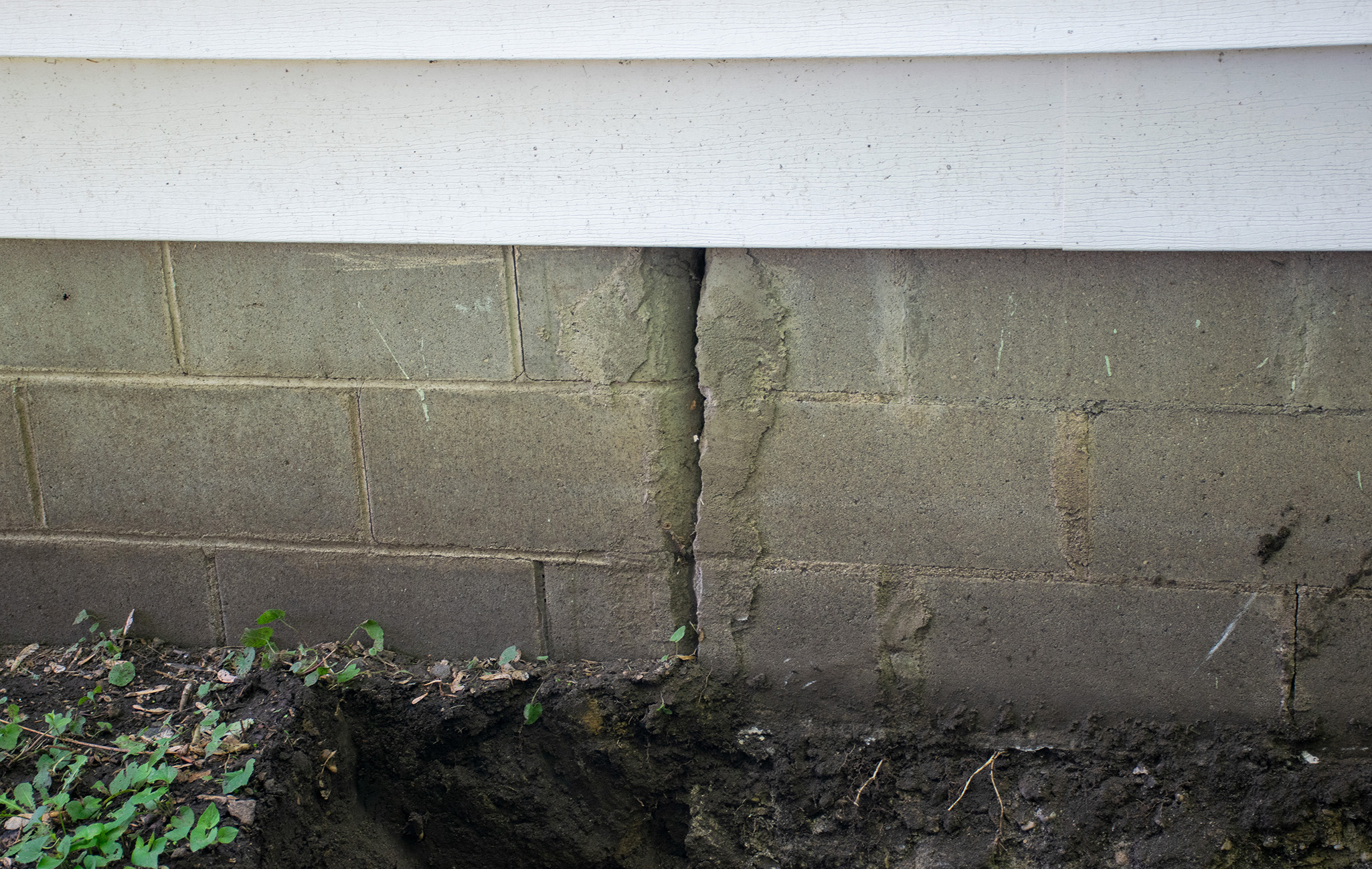
You head down to your basement and notice a crack in the foundation wall. Is it a sign of serious trouble—or just a cosmetic flaw? The truth is, not all foundation cracks are created equal. Some are normal and harmless. Others? Not so much.
Understanding what different foundation cracks mean can help you protect your home and avoid costly repairs. In this guide, we’ll break down the 8 most common types of foundation cracks, what causes them, and when you should call a professional.
These are thin, narrow cracks (usually vertical) commonly found in newer homes. They’re often caused by concrete shrinkage as it cures or natural settling.
What They Mean:
Generally not a cause for concern unless they’re letting in water.
What To Do:
Monitor for any spreading or water intrusion. If water is seeping through, seal the crack or consult a foundation specialist.
Wider than hairline cracks, these run up and down or slightly diagonal. Often caused by the natural settling of your home.
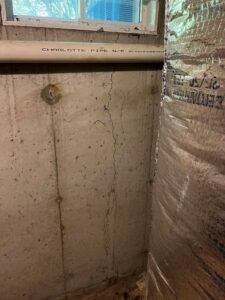
What They Mean:
Typically not structural—but they can be an entry point for water.
What To Do:
Watch for moisture. Dry cracks can be monitored, but wet cracks should be sealed with professional-grade materials to prevent water damage.
These run side-to-side along the wall and are usually the result of pressure from outside soil pushing against the foundation.
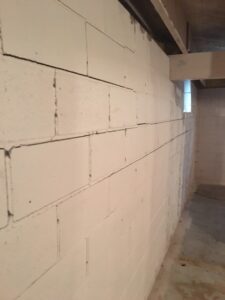
What They Mean:
Potentially serious. These often signal that the wall is bowing inward.
What To Do:
Call a structural engineer or basement repair professional immediately. Reinforcement solutions like wall anchors or braces may be necessary.
These run at an angle (often 30–75 degrees) and are caused by uneven foundation settling—also known as differential settlement.
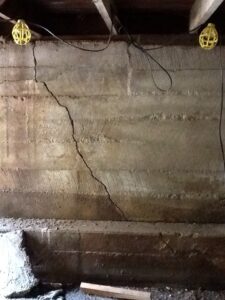
What They Mean:
May indicate serious structural movement.
What To Do:
Contact a foundation expert right away. Underpinning or other stabilization methods might be required to prevent further shifting.
Found in concrete block foundations, these follow the mortar joints in a step-like pattern.
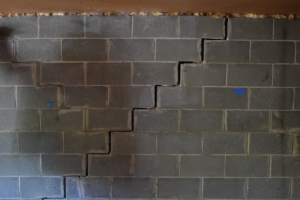
What They Mean:
Could indicate settlement or water-related issues on the outside of the foundation.
What To Do:
Have them inspected. Solutions may include reinforcement or foundation piers to prevent further movement.
Common in new homes, these vertical cracks form when poured concrete dries and contracts.
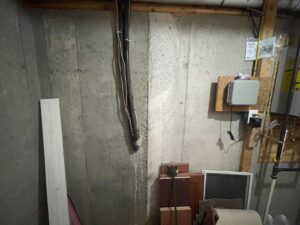
What They Mean:
Usually cosmetic—unless they start leaking.
What To Do:
Seal them to prevent water entry. If they grow or spread, it’s time to have them checked.
These occur when concrete expands and doesn’t have enough room to move due to missing or inadequate expansion joints.
What They Mean:
A sign that pressure is building up—leading to cracking and water risks.
What To Do:
Have expansion joints installed and cracks professionally sealed to avoid further damage.
A broad category caused by the normal “settling” of your home’s foundation over time. They vary in size, shape, and severity.
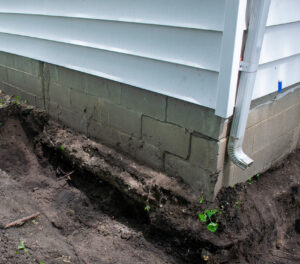
What They Mean:
Some are harmless, others may point to deeper problems.
What To Do:
Keep an eye on all cracks. If you notice widening, water leaks, or a sudden appearance of multiple cracks, call a professional.
If you're unsure whether a crack is serious, it’s better to be safe than sorry. A trained professional can evaluate the cause and offer repair solutions that protect your home and investment.
At Anchored Walls, we’ve seen it all—from small cosmetic cracks to serious foundation shifts. If you’re concerned about cracks in your basement walls, don’t wait. Reach out today for a free inspection and expert advice.
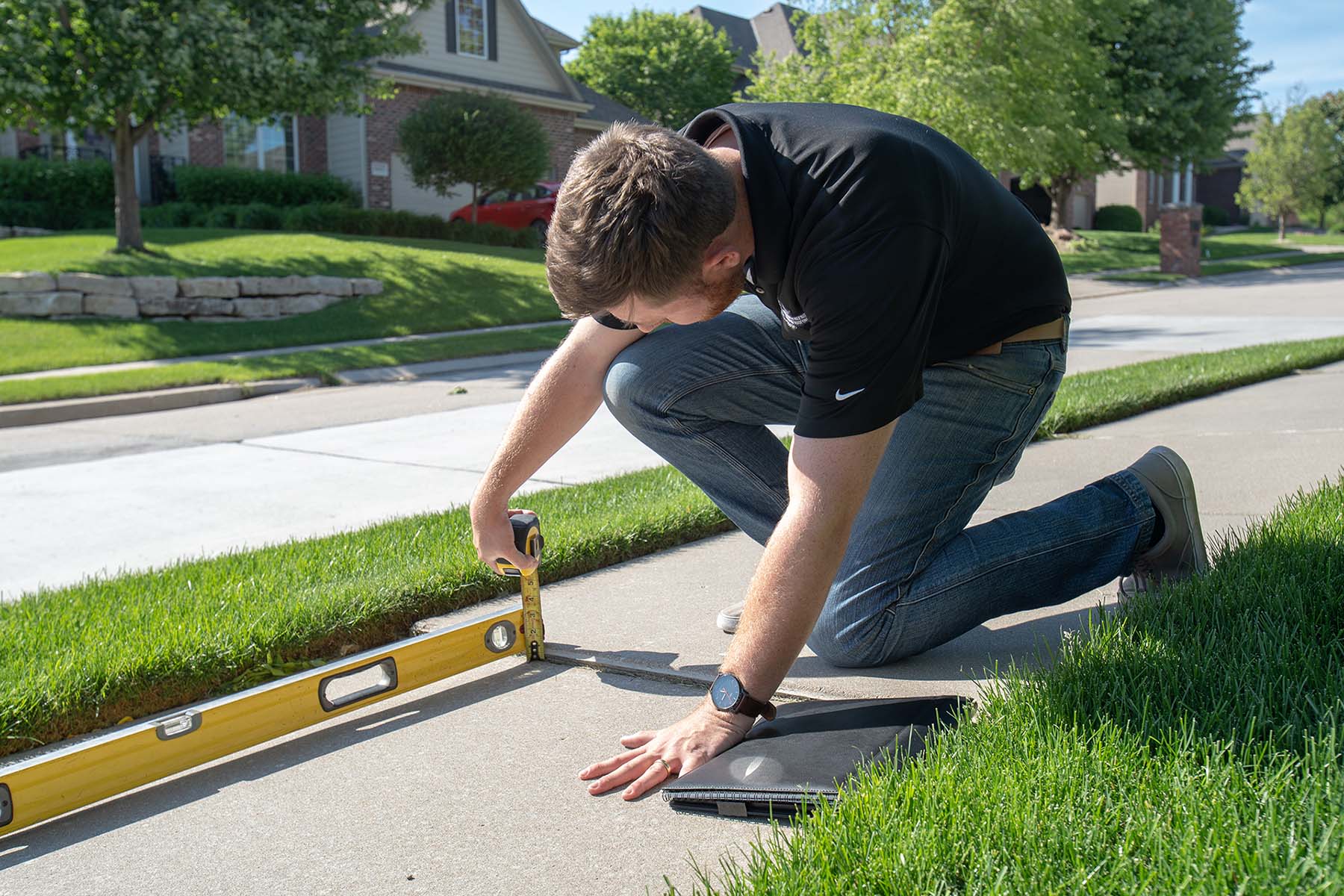


We respect your privacy. By submitting, you authorize Anchored Walls to reach you via call, email or text for information about your project needs. We will never share your personal information with third parties for marketing purposes. You can opt out at any time. Message/data rates may apply. Consent is not a condition of purchase. Privacy Policy